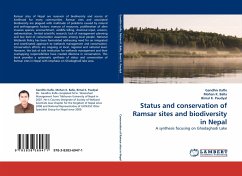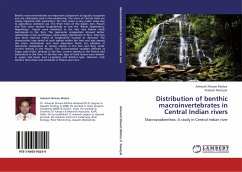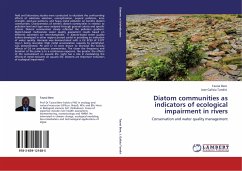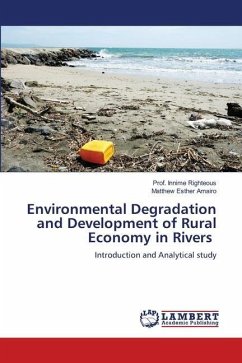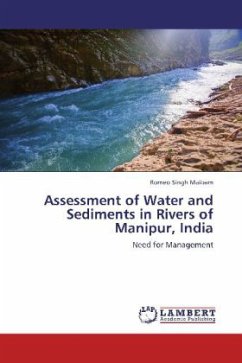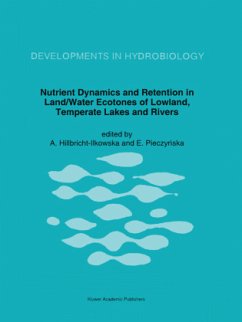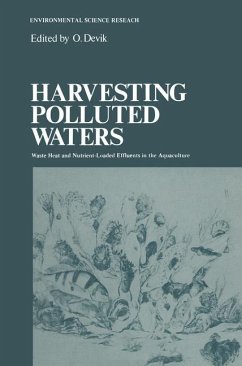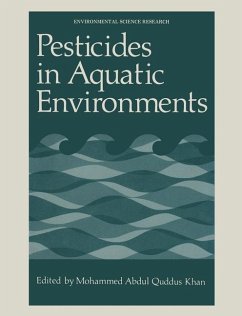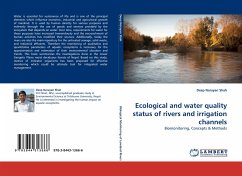
Ecological and water quality status of rivers and irrigation channels
Biomonitoring, Concepts & Methods
Versandkostenfrei!
Versandfertig in 6-10 Tagen
32,99 €
inkl. MwSt.

PAYBACK Punkte
16 °P sammeln!
Water is essential for sustenance of life and is one of the principal elements which influence economic, industrial and agricultural growth of mankind. It is used by human directly for various purposes and indirectly through the use of goods and services provided by the ecosystem that depends on water. Over time, requirements for water for these purposes have increased tremendously and the encroachment of human activities has modified their sources. Additionally, today the rivers are also the main repository for the untreated sewage, solid waste, and industrial effluents. Therefore the monitor...
Water is essential for sustenance of life and is one of the principal elements which influence economic, industrial and agricultural growth of mankind. It is used by human directly for various purposes and indirectly through the use of goods and services provided by the ecosystem that depends on water. Over time, requirements for water for these purposes have increased tremendously and the encroachment of human activities has modified their sources. Additionally, today the rivers are also the main repository for the untreated sewage, solid waste, and industrial effluents. Therefore the monitoring of qualitative and quantitative parameters of aquatic ecosystems is necessary for the approximation and estimation of their environmental situation and trends. This book summarizes the investigations done in the Lower Gangetic Plains moist deciduous forests of Nepal. Based on this study, metrics of indicator organisms has been proposed for effective monitoring which could be ultimate tool for integrated water management.




